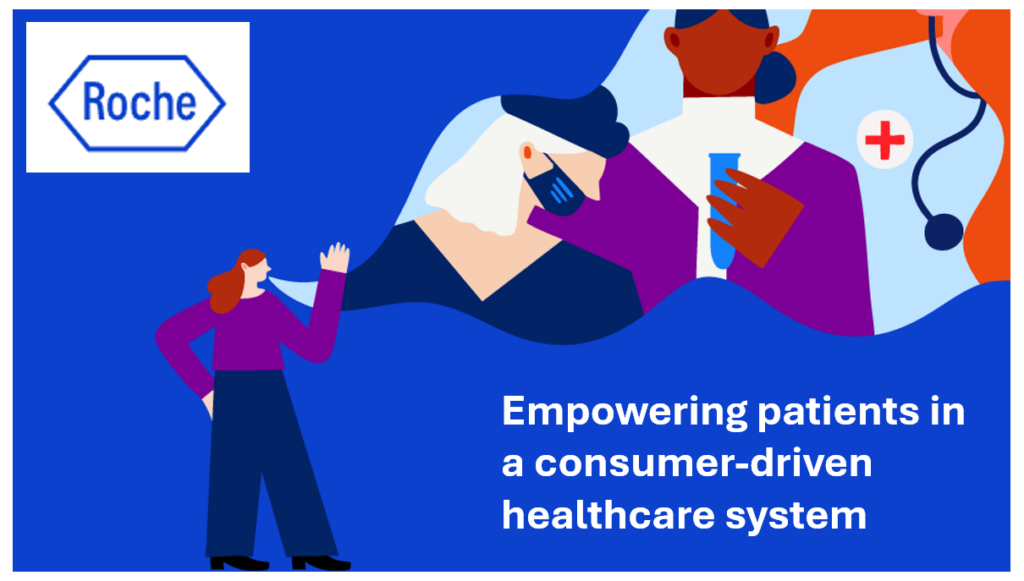3 in 4 of the Fortune 50 companies are part of the U.S. health economy in some way. Only 1 in 3 of these is in traditional health industries like pharmaceutical and life science companies, insurance, and businesses in the Old School Health Care value chain.
2 in 3 of the Fortune 50 companies involved in health are in new-new segments. In their report, The New Gold Rush, PricewaterhouseCoopers (PwC) identifies four roles for “prospectors” in the new health economy which will represent 20% of the GDP by 2019:
- Fixers
- Connectors
- Retailers, and
- Implementers.
These are the disruptive roles that will be played by new, non-traditional entrants seeking their piece of the health care economy.
Health Populi’s Hot Points: This week marks the second annual Health Care Innovation Week in metro Washington, DC. Each day held a different meeting addressing some aspect of disruptions in health care. Today marks the second annual Health Care Data Initiative meeting, to be held at the National Institutes of Health in Bethesda, MD, where I will participate in a health data-palooza organized by the Health 2.0 Conference.
“Connectors” will play an all-important role today and in the new-new health economy. PwC says that Connectors succeed “by linking information and technology across the health system. They provide meaningful analysis and context so that clinicians and consumers can make better decisions about health behaviors.”
As physicians and providers continue to adopt electronic health records, and use them more deeply and smartly, consumers will be doing the same in their world via USB-connected blood pressure devices, digital glucometers for managing diabetes, WiFi weight scales, and a score of mobile health apps to track real-life, personal data. Without interoperability and connectivity between these siloed applications, the “gold” can’t be mined. Providers won’t optimize clinical decisions at the point of care, and consumers won’t be empowered to stay as well as they could or manage chronic conditions as effectively as they would in a data-liquid health world.




 I was invited to be a Judge for the upcoming
I was invited to be a Judge for the upcoming  Thank you Team Roche for inviting me to brainstorm patients as health citizens, consumers, payers, and voters
Thank you Team Roche for inviting me to brainstorm patients as health citizens, consumers, payers, and voters  For the past 15 years,
For the past 15 years,